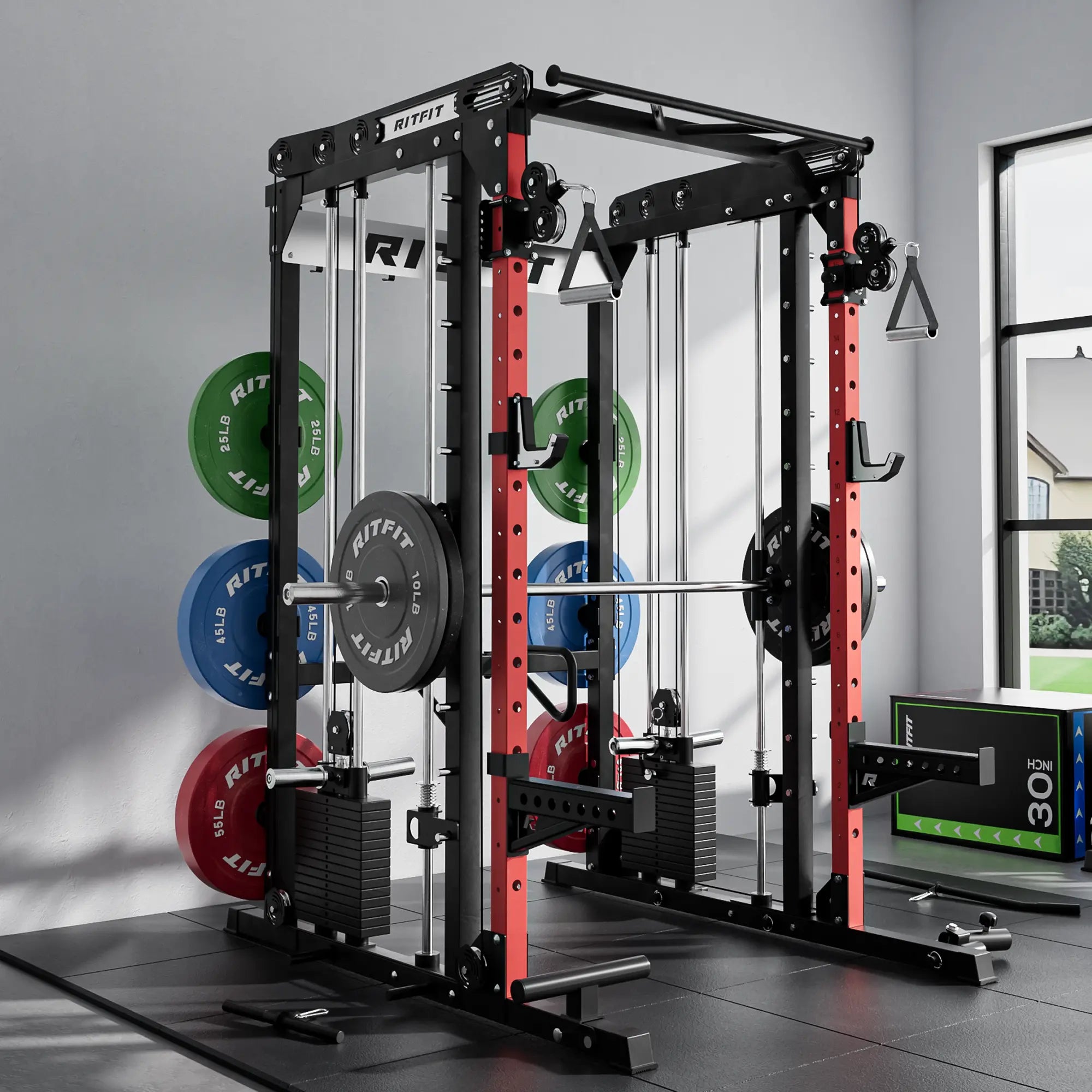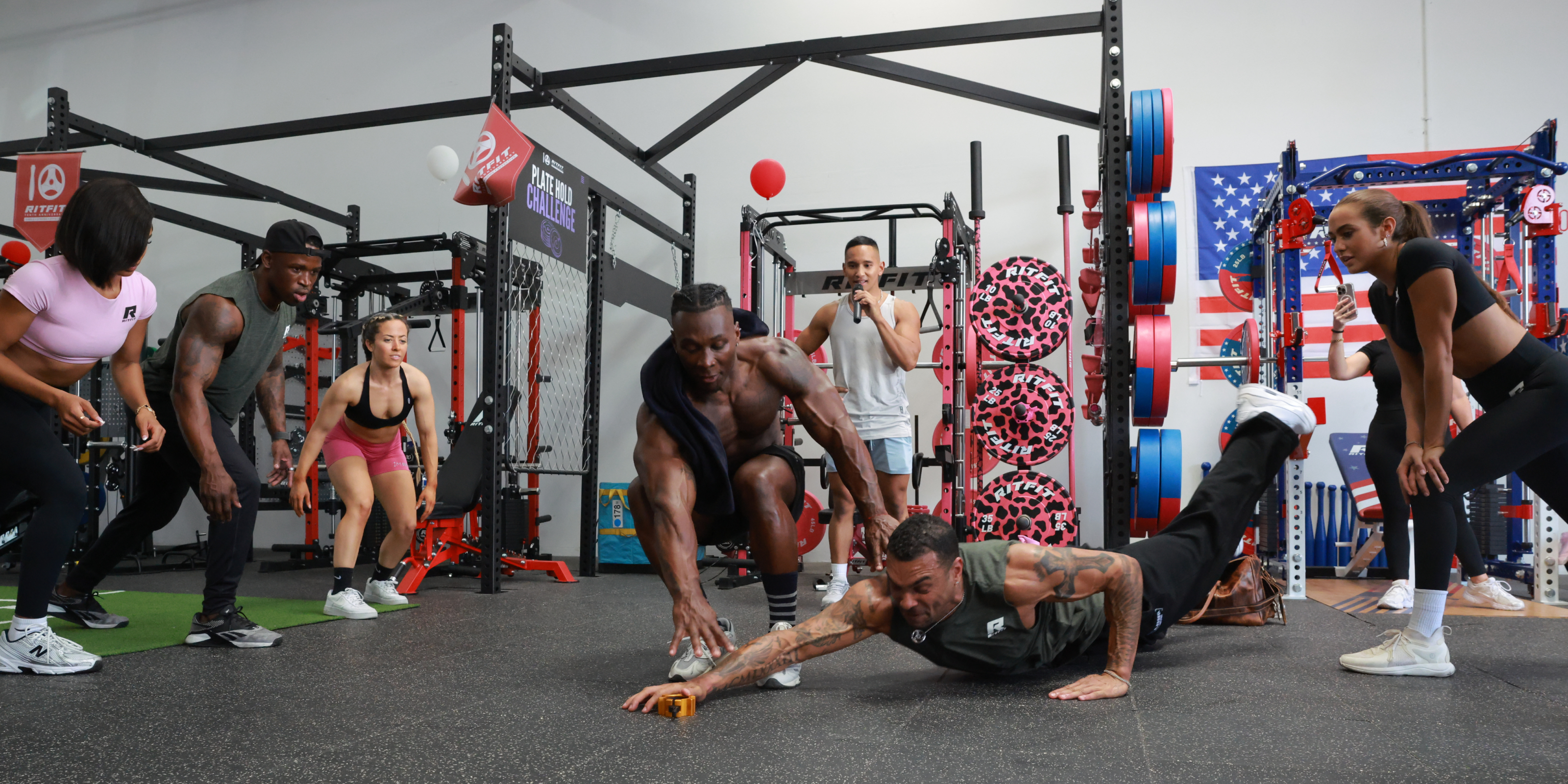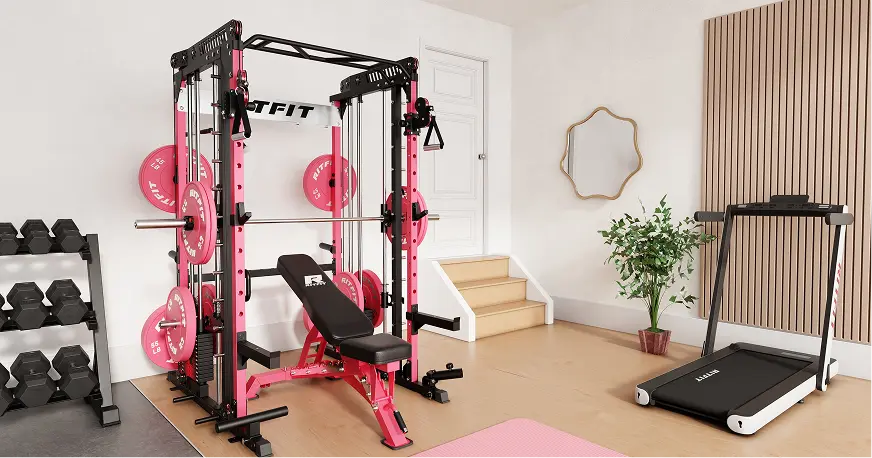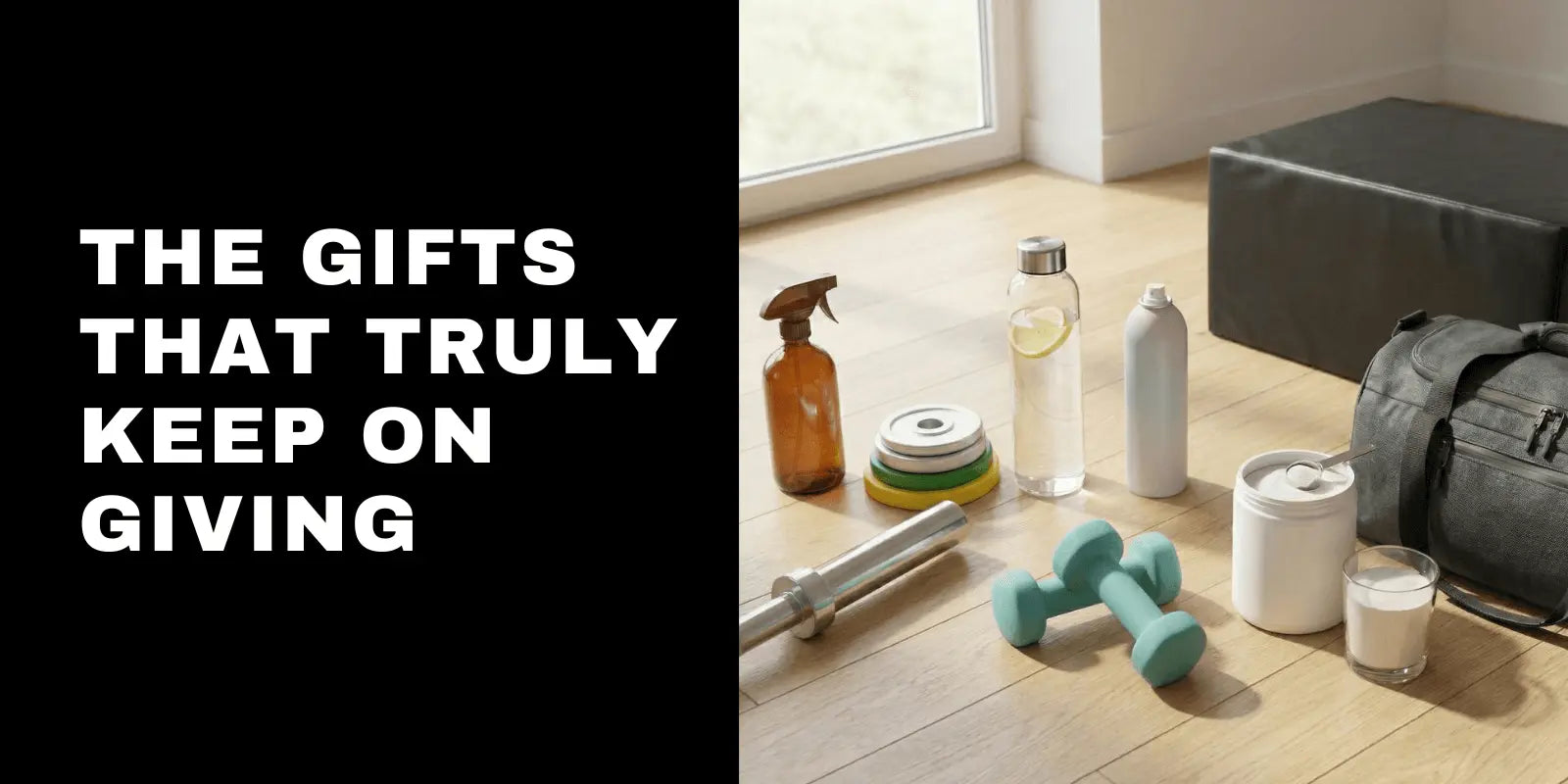 Have you crossed over to the dark side of power lifting yet? No not THAT dark side, I mean do you feel the beckoning call of instantly adding pounds to your squat…externally? I’m talking about the skin pulling, hematoma inducing, life decision questioning, boa constrictor-like choke of tight ass knee wraps. Are you ready to be uncomfortably cradled by a polyester and cotton blend strip of pain while feeling like you couldn’t bend your legs to save a loved one’s life? Ok perhaps that was a bit of a stretch; but if you’d like more information on the how’s, when’s, and many why’s of leg mummification, then read on, article readers. For those of you who are apprehensive about using knee wraps in training or competition or just don’t necessarily know exactly what wearing them can do for you and your squat, please consider the following points that I cover below. If you haven’t even considered adding knee wraps as a weapon to your strength arsenal, it might just be time to give those Tommy Kono’s (and your knees) a well deserved break. The benefits just may surprise you. In the beginning Long, long ago knee wraps were birthed out of necessity back in the early days of the sport of Power lifting. Up to and through as late as the 1980’s, many lifters still used the same thin stretchy elastic bandages borrowed from Olympic weightlifting for knee support. These classic wraps offered about as much support as Kevin Federline.
Have you crossed over to the dark side of power lifting yet? No not THAT dark side, I mean do you feel the beckoning call of instantly adding pounds to your squat…externally? I’m talking about the skin pulling, hematoma inducing, life decision questioning, boa constrictor-like choke of tight ass knee wraps. Are you ready to be uncomfortably cradled by a polyester and cotton blend strip of pain while feeling like you couldn’t bend your legs to save a loved one’s life? Ok perhaps that was a bit of a stretch; but if you’d like more information on the how’s, when’s, and many why’s of leg mummification, then read on, article readers. For those of you who are apprehensive about using knee wraps in training or competition or just don’t necessarily know exactly what wearing them can do for you and your squat, please consider the following points that I cover below. If you haven’t even considered adding knee wraps as a weapon to your strength arsenal, it might just be time to give those Tommy Kono’s (and your knees) a well deserved break. The benefits just may surprise you. In the beginning Long, long ago knee wraps were birthed out of necessity back in the early days of the sport of Power lifting. Up to and through as late as the 1980’s, many lifters still used the same thin stretchy elastic bandages borrowed from Olympic weightlifting for knee support. These classic wraps offered about as much support as Kevin Federline. 
THIS DISPLAY AT THE USA WEIGHTLIFING HALL OF FAME READS, “THE FIRST WORLD POWERLIFTING CHAMPIONSHIPS TOOK PLACE ON NOVEMBER 6, 1971 IN YORK, PA.” (PHOTO © RICHARD GRIGONIS)
ack before the IPF, before Instagram, and before Michael Jackson’s Thriller; lifters squatted with nothing more on their knees than the 70’s era ace bandages of the day. Legendary lifters like Jim Williams, Larry Pacifico and John Kuc moved big weights in mere bandages. At the first ever AAU World Powerlifting Championships on November 6th, 1971, Pacifico squatted 625 raw at 198, Kuc left with a huge 755 raw squat in the (then) 242+ class and George Crawford nailed a monstrous 625 at a svelte 165! The following year at the 1972 AAU Championships, Jim Williams benched an official 675lbs raw with ace bandages around his elbows. These lifts are still huge by today’s standards, and were done long before “likes” or “+1’s.” In fact, elastic bandages were seen as so insignificant back then that they were still considered raw lifting because raw lifting didn’t exist yet, it was just lifting. Just imagine if YouTube comments existed back then!
 Left: David Waddington prepares to squat at the 1984 Senior Nationals Right: Tamara Rainwater-Grimwood wasn’t just a world class bencher, she also went on to squat 620 @ 179lbs in 1995
Left: David Waddington prepares to squat at the 1984 Senior Nationals Right: Tamara Rainwater-Grimwood wasn’t just a world class bencher, she also went on to squat 620 @ 179lbs in 1995
he late 1980’s saw the advancement of knee support with the emergence of newer, more improved forms of support like the Marathon Gold wraps (top right photo) and Titan wraps. Later in the early 90’s companies like Inzer Advanced Designs became more prevalent their versions. Today, knee wraps have evolved and now come in more variety in length, material blend, thickness and stiffness. Somewhere out there is the wrap for you, but more on that later. Is supportive gear for raw lifters too supportive? Certainly times have changed; and with the advancement of the quality of the support wrap so to have the squat records. But is supportive gear so supportive that it’s making you weaker due to creating constant reliance? I recently read an article about the usage of supportive gear in training and how it can artificially inflate your lifts numbers while simultaneously causing the development of muscle and joint weaknesses. The article mentioned (no citation) a study that focused on employees of a moving company who performed manual labor while wearing a back brace. The study supposedly concluded that the brace caused the backs and abs of the workers to weaken under the constant external support. Although these alleged findings appear to be important to the executives at United Van Lines, I have no earthly idea how that has any notable relationship with powerlifting or heavy event training. On the one hand, you have a test group comprised of subjects who are not training to perform better at their given task. They’re merely, moving objects from A to B just to move them because it’s their job. In the study, the subjects were wearing back support for 8+ hours a day continuously. They’re not lifting boxes for the goal of gaining strength to lift bigger boxes; their goal is to lift the damn dresser up the ramp as fast as possible so they can start on the fish tank and recliner. This study was used in that article to compare with athletes performing compound lifts, and building up weak points in support of those lifts. Basically it’s work vs. training. So the premise and the intention for the comparison are simply apples and oranges to me. In terms of wearing supportive gear (belt, wrist wraps, and knee wraps) in training, they should be seen as supplemental variables rather than dependant ones. So long as you’re not wearing wraps and a belt throughout the full days training week in and week out and on the car ride over, you’re not going to shrivel up into an atrophied sack of kittens. More on this later. Back braces and pieces of heavy furniture aside, there are legitimate reasons for wearing designated supportive gear for a raw lifter and you’d be doing a disservice to yourself for ignoring them. Why Aside from just performance enhancement, other benefits attributed to the use of rawsupportive gear include general pain management during training or competing (for those who suffer from joint or ligament issues) and lifter safety. These are the main reasons that I use knee wraps in training and competition, and they’re worth considering if you’re a raw lifter who’s stuck in the stubborn mindset of incessantly labeling and categorizing lifts as raw or classic raw on social media. Safety: Wrapping the knee joint to the point of compression and even slightly diminished range of motion has been cited as a safety precaution by many powerlifting federations and athletes. But Why? How could the addition of compression to this joint possible help you check yourself before you wreck yourself? The knee (tibiofemoral) joint is one of the strongest joint in your rig. It’s formed from the synovial hinge made up of the patella, tibia and femur bones. Basically, the distal (bottom) end of the femur meets up with the proximal (top) end of the tibia like a puzzle piece, with the patella (knee cap) protecting the anterior (front) side of the joint. Still with me? Hold on, here’s a picture:  Not only does the patella protect your knees but it’s a major player in the squat. This triangular island of bone is tethered on one side by the quadriceps tendon to thequadriceps femoris muscle and by the patellar ligament to the vastus intermedius muscle on the other. During a squat, the load of the weight at the knee is placed upon this bone as tendons on either side of it engage in a tug of war to bend and straighten the joint under load. Basically, you need this bone and these tendons. Wrapping this joint with particular attention to reinforcing the patellar and quadriceps tendons on either side of the knee cap creates strength by providing a wall of support on the anterior side of the tendons where normally only skin and in my case, thick body hair, provides protection. In addition to aiding in knee injury prevention, knee wraps worn during squatting can improve your force production simply by tweaking your form. In a study performed by the Department of Sport and Exercise Sciences at the University of Chichester, across the pond in the UK, ten blokes set off to squat 80% of their 1 rep max in front of some high res cameras for some science folk. Among the obvious advantages in speed, force production and support that the wrapped squatters received, (which I’ll cover next) they also enjoyed a 39% reduction in horizontal displacement of the bar over the non-wrapped subjects. This means they didn’t let the weight shift onto their toes, let their hips shoot up or good morning the bar back to the j-cups. Sounds like their backs enjoyed the experiment just as much as their knees did, which leads me to the next reason: Performance enhancement According to the same UK study above, the test subjects who wore knee wraps dropped down into the hole 45% faster in the eccentric phase and came up 20% faster on the concentric phase of the test squats. The subjects who wore knee wraps also applied 10% more vertical impulse to the barbell, meaning a significantly more powerful squat. Now let’s be honest, ever since knee wraps evolved from elastic bandages and turned into something thicker than toilet paper, people have enjoyed getting pounds and pounds out of them. With today’s advancement and blending of materials, it’s not unheard of for a lifter to get up to 50-100lbs out of a pair of knee wraps. Of course this is dependant on variables like wrap length, wrapping style, revolutions around the leg and my favorite, tightness A great modern day example of the amount of carry over that modern wraps can offer are the squats performed by elite powerlifter Eric Lilliebridge. Eric set a new “no wrap” squat record on 1/31/15 of 914lbs @ 308lbs in knee sleeves, but has squatted 1,026 with wraps in training only months earlier in November of 2014. The secrets out, I get a lot out of my wraps. A LOT. Pain relief I use knee sleeves for warm ups and lighter sets, but occasionally I’ll experience pain when working in the percentage range at or around my working sets for the day. It’s at that point that I wrap my knees. But it turns out that it’s more than just the compression at work that gets me through my sets. In a study conducted by the University of Limerick in Ireland, 10 subjects who reported anterior knee pain were observed while performing single leg squats with the symptomatic leg under three different conditions. The tests were conducted once for every subject while wearing each of the following: patellar tape, placebo tape, and no tape. Patellar tape is thought to work by activating the vastus medialis oblique and reducing the lateral pull of the vastas lateralis while repositioning the knee cap back into the patellofemoral trochlear groove. Basically it holds everything in place where it should be and adds compression. Sound familiar?
Not only does the patella protect your knees but it’s a major player in the squat. This triangular island of bone is tethered on one side by the quadriceps tendon to thequadriceps femoris muscle and by the patellar ligament to the vastus intermedius muscle on the other. During a squat, the load of the weight at the knee is placed upon this bone as tendons on either side of it engage in a tug of war to bend and straighten the joint under load. Basically, you need this bone and these tendons. Wrapping this joint with particular attention to reinforcing the patellar and quadriceps tendons on either side of the knee cap creates strength by providing a wall of support on the anterior side of the tendons where normally only skin and in my case, thick body hair, provides protection. In addition to aiding in knee injury prevention, knee wraps worn during squatting can improve your force production simply by tweaking your form. In a study performed by the Department of Sport and Exercise Sciences at the University of Chichester, across the pond in the UK, ten blokes set off to squat 80% of their 1 rep max in front of some high res cameras for some science folk. Among the obvious advantages in speed, force production and support that the wrapped squatters received, (which I’ll cover next) they also enjoyed a 39% reduction in horizontal displacement of the bar over the non-wrapped subjects. This means they didn’t let the weight shift onto their toes, let their hips shoot up or good morning the bar back to the j-cups. Sounds like their backs enjoyed the experiment just as much as their knees did, which leads me to the next reason: Performance enhancement According to the same UK study above, the test subjects who wore knee wraps dropped down into the hole 45% faster in the eccentric phase and came up 20% faster on the concentric phase of the test squats. The subjects who wore knee wraps also applied 10% more vertical impulse to the barbell, meaning a significantly more powerful squat. Now let’s be honest, ever since knee wraps evolved from elastic bandages and turned into something thicker than toilet paper, people have enjoyed getting pounds and pounds out of them. With today’s advancement and blending of materials, it’s not unheard of for a lifter to get up to 50-100lbs out of a pair of knee wraps. Of course this is dependant on variables like wrap length, wrapping style, revolutions around the leg and my favorite, tightness A great modern day example of the amount of carry over that modern wraps can offer are the squats performed by elite powerlifter Eric Lilliebridge. Eric set a new “no wrap” squat record on 1/31/15 of 914lbs @ 308lbs in knee sleeves, but has squatted 1,026 with wraps in training only months earlier in November of 2014. The secrets out, I get a lot out of my wraps. A LOT. Pain relief I use knee sleeves for warm ups and lighter sets, but occasionally I’ll experience pain when working in the percentage range at or around my working sets for the day. It’s at that point that I wrap my knees. But it turns out that it’s more than just the compression at work that gets me through my sets. In a study conducted by the University of Limerick in Ireland, 10 subjects who reported anterior knee pain were observed while performing single leg squats with the symptomatic leg under three different conditions. The tests were conducted once for every subject while wearing each of the following: patellar tape, placebo tape, and no tape. Patellar tape is thought to work by activating the vastus medialis oblique and reducing the lateral pull of the vastas lateralis while repositioning the knee cap back into the patellofemoral trochlear groove. Basically it holds everything in place where it should be and adds compression. Sound familiar?

The effect of patellar taping on squat depth and the perception of pain in people with anterior knee pain. Clifford AM1, Harrington E.

Earthquake reportedly squatted 600#’s as a natty, thusly
When Ah the golden question. In training, if the goal is to eventually compete in wraps then at some point you’re going to want to train in wraps. The reason is simple; squatting in tight wraps takes some getting used to. That being said they shouldn’t be worn for every set and you shouldn’t necessarily crank them down to the bone on every set either. Just as sets and reps vary on different days, so does the amount of support I want on each set. I did this several different ways. 1st I didn’t always crank the wraps down to the max tightness 2nd I didn’t always use the same length wrap 3rd I didn’t always use the same brand of wrap Training wrap I use two different old pairs of wraps for training which also serve as back up sets at meets. They’re kind of like Courtney Love; they’re old, they’re stretched out and they smell. One is a 2 meter knock off version from a local sporting goods store and one is a 2m version of my 3m competition wraps. I use them for heavier rep work and sub maximal singles. There’s also a mental aspect to the game, because if I can smoke a weight in my training wraps, I’m sure to murder it in my meet wraps. #Aneurism Meet Wrap These are newer, longer, and less broken in than my training wraps. I will use these sparingly in the final weeks of training before a competition to make sure I can hit depth comfortably on my opener. I take care not to stretch these out by rolling them tightly when not in use, I don’t leave them in the gym bag in my car in extreme temperatures and I generally treat them as good as I do my own dog. So with so many variables of wrap length, tightness and material, here’s how I implemented them into my squat programming for my last meet:| Up to 60% | knee sleeves |
| 60% to 70% | knee sleeves and belt |
| 70% to 80% | light training wraps |
| 80% to 90% | training wraps, med tight |
| 90% to new max | competition wrap, max tightness |
- Pre roll them tightly. This means either getting that silly drill attachment, or the hand crank that looks like an old school wall mounted pencil sharpener or just step on the wrap and hand roll under while it’s under tension. This is essential for a wrap so tight that it makes Adam Levine’s jeans jealous.
- While wrapping the knee, keep the roll close to the leg. The further you hold the roll of wrap from the leg, the more wrap is exposed and the more slack you’ll have to contend with while making each revolution. I’m no certified rocket science physician, but I’d recommend no further than 5-6”.
- After each pass behind the knee, pull the wrap tight and then lay the next layer of wrap (already stretched tightly) down on top of the knee. This will avoid pulling the patella to one side with the friction of the wrap, which is no bueno. Pull tight across the back, and then lay on top on the front to help avoid the chance of patellar displacement.
- Count the revolutions on each knee while you’re wrapping to make sure each side is symmetrical. Note the placement of each layer and make sure each knee corresponds accordingly. If they don’t look the same, they aren’t.
- Practice your meet wrap in training. Get used to the effort it takes to wrap yourself tightly or the feel of a tight wrap if someone else is doing it.
- For an easy finish, use a shoe lace or similar length string or wire coat hanger to place under the last full revolution. Then, place the loose end of the wrap in the lace/string/hanger and slip it out from under the preceding layer. For a quick release option, leave a loop ½ way under the last full revolution layer so that you can quickly release the wrap.















